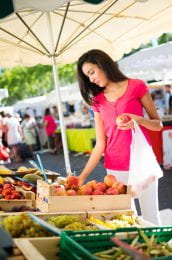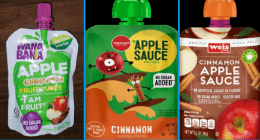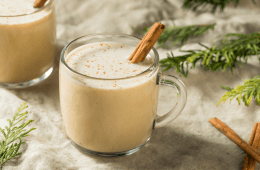
As we turn the calendar to a new year, many are planning to celebrate with New Year’s Eve parties. One festive beverage commonly served is eggnog made with raw eggs. Here are some tips to safely ring in the new year and keep Salmonella bacteria away from your party.
- Alcohol does not kill bacteria. Heat is the only way to kill bacteria.
- Adding hot coffee to eggnog made with raw eggs will not make it safe. When adding cold eggnog to hot coffee, the temperature drops too much. The best tip is to cook the eggnog to a minimum 160°F to kill Salmonella.
- Store-bought eggnog is pasteruized and is a safe alternative to raw egg eggnog recipes. This heats the eggs to a high temperature for a short time to kill any bacteria that may be present.
- Use egg substitutes or pasteurized eggs in place of raw eggs.
Making your own eggnog? Cook the eggs in part of the milk, along with other ingredients to make a hot custard mixture. Heat gently in a large heavy saucepan or double boiler, to prevent scorching, to a minimum 160°F. Chill this mixture and add other ingredients before serving. Here’s a recipe from the American Egg Board.
Happy New Year!
Source: https://www.foodsafetynews.com/2021/12/busting-eggnog-myths-for-new-years-eve-safety/
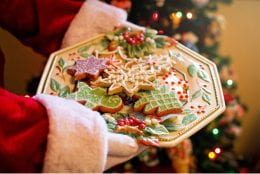
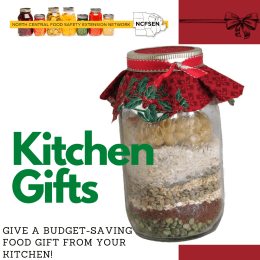 Gifts from the kitchen are popular and can be easy gifts for guests, neighbors, co-workers and others. Here are some resources to put together a quick gift in a jar from soup mixes to cookie mixes.
Gifts from the kitchen are popular and can be easy gifts for guests, neighbors, co-workers and others. Here are some resources to put together a quick gift in a jar from soup mixes to cookie mixes.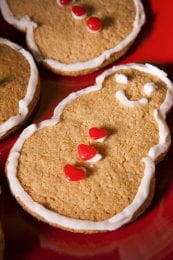
 The following K-State Research and Extension publications have been recently updated in both English and Spanish:
The following K-State Research and Extension publications have been recently updated in both English and Spanish: